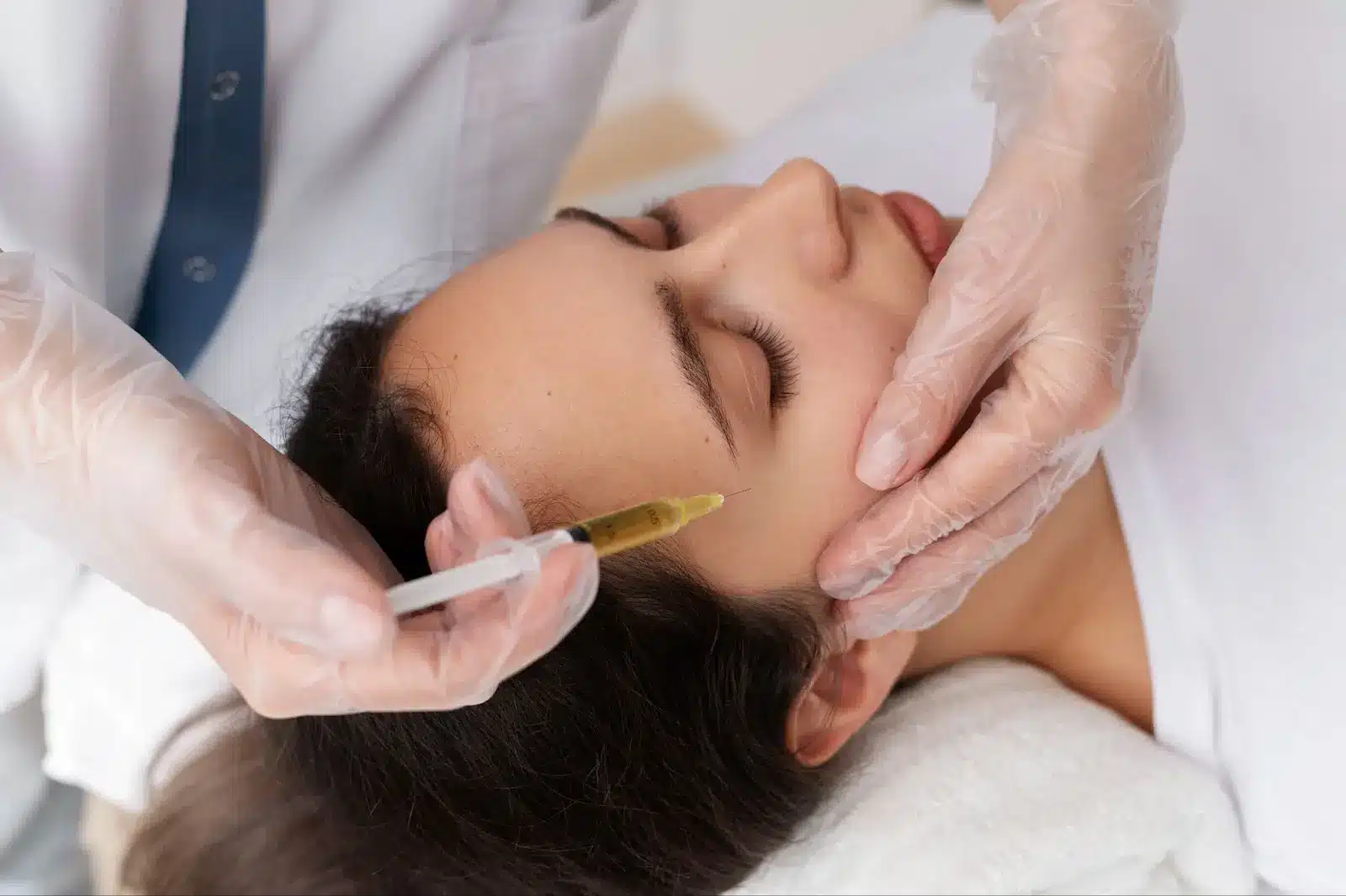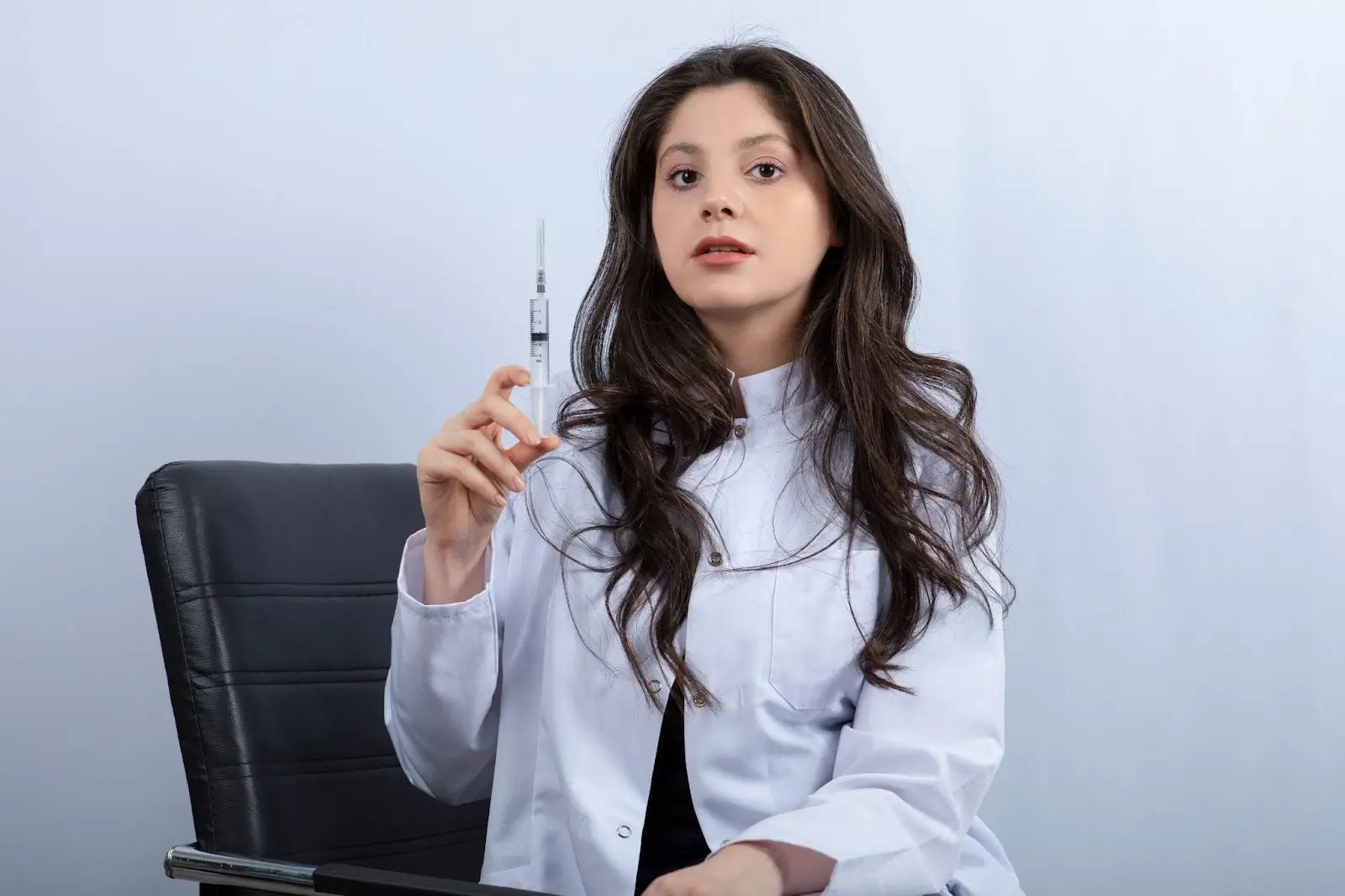
The global body contouring market is poised for significant growth, projected to expand from USD 8.9 billion in 2024 to USD 14.6 billion by 2033. This surge reflects a clear trend: increasing demand for non-invasive treatments that offer lasting results without the risks and downtime of traditional surgery. As aesthetic preferences shift toward subtle, progressive enhancements, the longevity of these treatments becomes a key consideration for both patients and practitioners.
Among the leading innovations is Lanluma, a poly-L-lactic acid (PLLA)-based injectable designed to stimulate the body’s natural collagen production. Unlike immediate-volume fillers, Lanluma delivers gradual improvements in facial and body contours, offering a more natural-looking transformation that aligns with patient expectations for subtlety and durability.
In this article, we will explore how long Lanluma results typically last, the biological factors that influence their longevity, and important maintenance considerations. By understanding the treatment’s long-term effects, you can make an informed decision about whether Lanluma fits your aesthetic goals and desired outcomes.
Key Takeaways
- Lanluma is a poly-L-lactic acid (PLLA)-based injectable that stimulates the body’s natural collagen production, offering gradual, long-lasting improvements in facial and body contours.
- Results typically last 18 to 24 months, with the longevity stemming from the regenerative process of collagen remodeling rather than temporary volume replacement.
- Several factors influence how long Lanluma results last, including patient age, lifestyle habits, treatment area, and individual metabolic rate.
- Maintenance sessions, typically recommended every 18 to 24 months, help sustain results. Earlier touch-ups may be needed for facial treatments or patients with higher metabolic activity.
- Combining Lanluma with other non-invasive treatments like microneedling, radiofrequency (RF), or HIFU can enhance collagen stimulation and prolong aesthetic outcomes.
- Adhering to post-treatment care, including the 5-5-5 massage rule and avoiding strenuous activities post-procedure, is crucial for optimal product integration and longevity.
- Compared to hyaluronic acid fillers (6–12 months) and surgical fat grafting, Lanluma offers a balanced solution with extended results and minimal invasiveness, appealing to patients seeking natural, progressive enhancements.
- Long-term success with Lanluma relies on expert application, personalized treatment planning, and ongoing maintenance strategies to ensure refined, natural-looking results.
About: Doctor Medica is your trusted supplier of top-quality dermal fillers, viscosupplements, and more for your medical practice. We offer genuine products from leading brands at the lowest prices. Contact Doctor Medica today to order Lanluma online for your practice.
Collagen Stimulation and the Long-Term Effects of Lanluma

Lanluma’s effectiveness is rooted in its ability to stimulate natural collagen production, providing a regenerative approach to aesthetic enhancement. The active ingredient, poly-L-lactic acid (PLLA), activates fibroblasts, the cells responsible for collagen synthesis. Once injected, Lanluma particles act as a scaffold within the dermal layers, prompting a remodeling process that unfolds gradually over several months.
This biological mechanism ensures that results develop in harmony with the body’s own tissue regeneration, leading to smooth, firm contours that feel entirely natural. Unlike volume-based fillers that diminish as the substance is metabolized, Lanluma’s effects are built on new collagen formation, offering longer-lasting improvements that integrate seamlessly into the skin’s structure.
The gradual timeline of transformation appeals to patients seeking subtle, progressive changes, avoiding the “overfilled” appearance sometimes associated with more immediate treatments. This regenerative process underpins the longevity that makes Lanluma a standout in modern aesthetic medicine.
Factors Affecting Lanluma Longevity Across Patient Profiles
While Lanluma is praised for its extended duration of results, individual outcomes can vary based on a range of personal and physiological factors. Understanding these nuances allows practitioners to tailor treatment plans and helps patients manage expectations effectively.
- Age: Collagen production naturally declines with age. Younger patients tend to respond more robustly, maintaining results longer due to more active fibroblast function. Older patients, while still benefiting, may require additional sessions or earlier maintenance interventions to sustain optimal outcomes.
- Lifestyle Habits: Factors like smoking, excessive alcohol consumption, poor hydration, and unbalanced nutrition negatively impact skin health and collagen regeneration. Additionally, chronic sun exposure accelerates collagen breakdown, shortening the longevity of Lanluma’s effects.
- Treatment Area: Areas with high mobility, such as the face or joints, may see results diminish faster due to mechanical stress and thinner skin layers. In contrast, larger, more stable regions like the buttocks or thighs experience longer-lasting improvements due to better product retention and more stable collagen deposition.
- Metabolic Rate: Individuals with a faster metabolism may process PLLA particles more quickly, potentially reducing treatment longevity. Conversely, a slower metabolic rate can prolong the biostimulatory effects, sustaining visible results for a longer period.
For procedures like the Lanluma bum lift, longevity typically reaches the upper end of the 18–24 month range. This is attributed to higher product volumes used, the less dynamic nature of the treatment area, and more stable collagen development in these regions.
Maintenance Sessions and Enhancing the Durability of Results

Although Lanluma’s collagen-stimulating properties offer impressive longevity, maintenance treatments are essential to sustain results over time. The body’s natural remodeling processes eventually slow down, making proactive care crucial for preserving volume and contour.
- Booster Sessions: After the initial treatment series—usually 2–3 sessions spaced 4–6 weeks apart—a booster session is often recommended around 18–24 months post-treatment. For facial applications, or in individuals with higher metabolic rates, earlier maintenance may be beneficial to uphold desired outcomes.
- Combination Therapy: Lanluma’s effects can be amplified and prolonged through combination treatments. Modalities like microneedling, radiofrequency (RF), and high-intensity focused ultrasound (HIFU) further stimulate collagen renewal and enhance skin firmness. This is particularly valuable in high-mobility areas, where maintaining skin quality is more challenging.
- Post-Treatment Care: Following proper aftercare protocols significantly impacts treatment success. Patients are advised to follow the 5-5-5 massage rule—5 minutes, 5 times a day, for 5 days—to ensure even distribution of PLLA particles and minimize nodule formation. Avoiding strenuous activity, heat exposure, alcohol, and direct sunlight during the initial 48–72 hours supports optimal healing and product integration.
Lanluma vs Other Fillers: Longevity Comparison
When evaluating aesthetic injectables, longevity is often a pivotal factor influencing treatment choice. Patients seek options that provide visible, natural results without the need for frequent touch-ups or invasive procedures.
| Treatment Type | Longevity | Mechanism | Invasiveness |
| Lanluma | 18–24 months | Collagen stimulation via PLLA | Minimally invasive |
| Sculptra | 18–24 months | Similar PLLA-based collagen stimulation | Minimally invasive |
| Hyaluronic Acid Fillers | 6–12 months | Temporary volume replacement | Minimally invasive |
| Fat Grafting | Potentially permanent | Transplanted fat cells (variable retention) | Surgical/invasive |
Compared to hyaluronic acid (HA) fillers, which provide immediate volume but typically last 6–12 months, Lanluma offers a significantly longer duration of effect while maintaining a minimally invasive profile. While fat grafting presents a potentially permanent solution, it involves surgical risks, longer recovery, and unpredictable fat retention.
Lanluma occupies a unique middle ground—delivering gradual, natural-looking results through the body’s own regenerative processes, without the downtime and risks associated with surgery. This makes it an ideal choice for patients seeking subtle yet enduring aesthetic enhancements.
Conclusion
The longevity of Lanluma is a testament to its collagen-stimulating mechanism, offering a regenerative alternative to traditional fillers. By working with the body’s natural processes, Lanluma provides sustainable enhancements that evolve gradually, delivering refined, realistic results that last up to two years.
Whether used for facial rejuvenation or body sculpting procedures like the Lanluma bum lift, the success relies on expert technique, individualized treatment planning, and patient adherence to aftercare protocols. Maintenance sessions and combination therapies further extend results, ensuring the improvements remain visible and natural.
For patients seeking a minimally invasive, long-lasting solution to enhance contours and improve skin quality, Lanluma represents a compelling choice. Understanding the factors influencing its longevity empowers patients and practitioners to achieve the most effective, enduring outcomes.
FAQs
1. How long does Lanluma last after a full course of treatment?
Lanluma typically lasts 18 to 24 months after the initial 2–3 sessions. Its longevity can be extended with periodic maintenance treatments.
2. When will I start seeing results from Lanluma?
Visible improvements may begin within 6 to 12 weeks, with optimal results appearing by 3 to 6 months post-treatment as collagen production increases.
3. Can Lanluma results be maintained or prolonged?
Yes, booster sessions and healthy lifestyle habits can help maintain results. Following post-treatment care, including massage, also contributes to longevity.
4. How does Lanluma compare to other fillers in terms of duration?
Lanluma lasts longer than HA fillers (6–12 months) and is comparable to Sculptra, which offers effects up to 2 years. It also provides a less invasive alternative to fat grafting.
References
IMARC Group. Body Contouring Market Size, share, Growth Analysis 2025-33. https://www.imarcgroup.com/body-contouring-market
Jewell ML, Solish NJ, Desilets CS. Noninvasive body sculpting technologies with an emphasis on high-intensity focused ultrasound. Aesthetic Plast Surg. 2011;35:901-912. Doi:10.1007/s00266-011-9700-5
Related Articles
Joanna Carr
Euflexxa Dosage Schedule and Expected Treatment Timeline
Understand the standard Euflexxa dosage and what to expect in terms of pain relief, treatment duration, and follow-up care for knee osteoarthritis.
Joanna Carr
Is Evenity a Bisphosphonate?
Discover whether Evenity is a bisphosphonate or a different type of treatment for osteoporosis. Learn how it works and how it compares to bisphosphona...
Joanna Carr
What Is Lumigan Used For? – Indications and Uses of Lumigan
Discover the primary indications and uses of Lumigan. Learn how this medication effectively treats glaucoma and ocular hypertension by reducing intrao...


